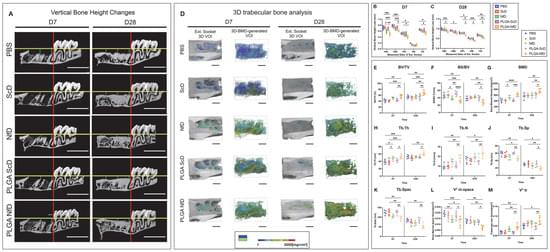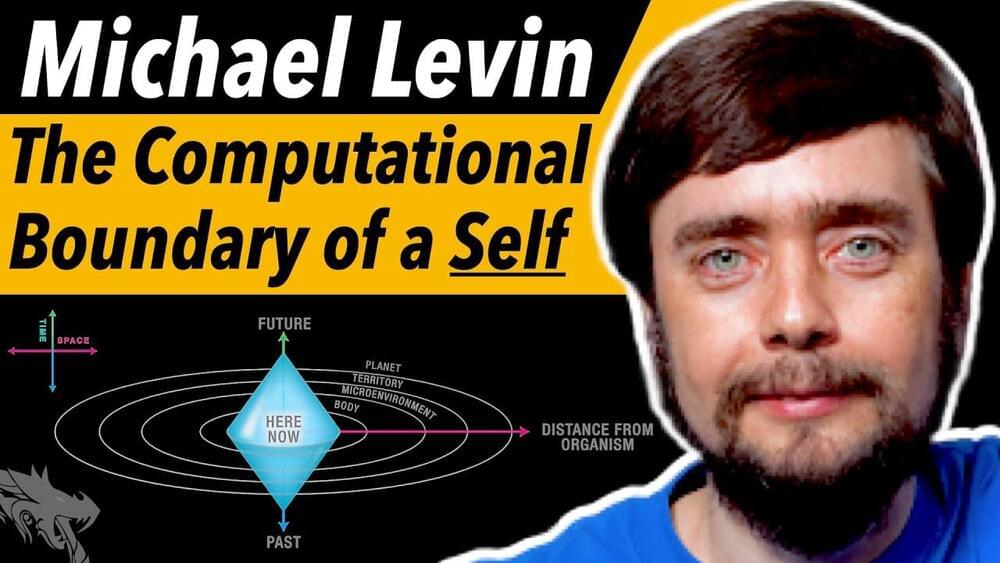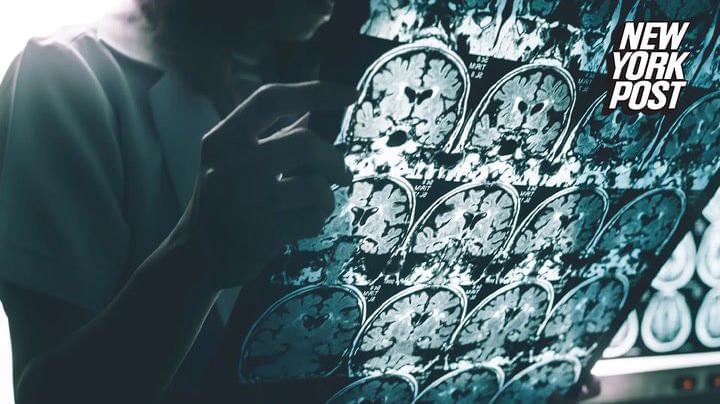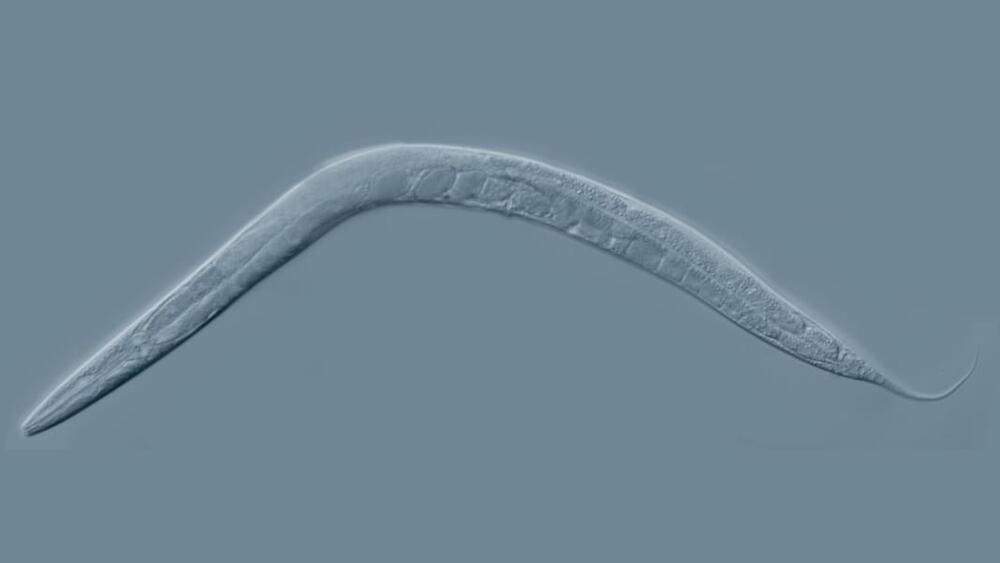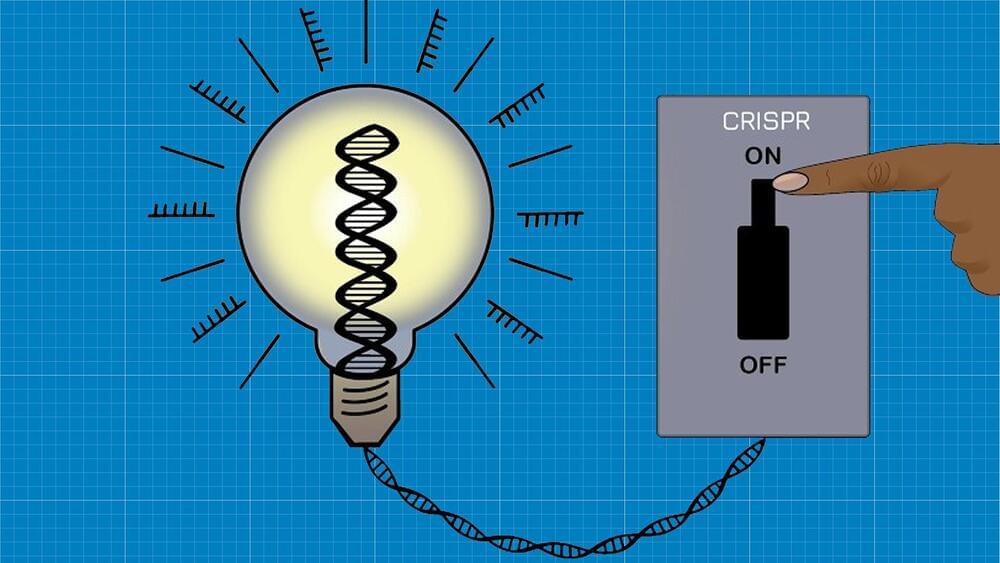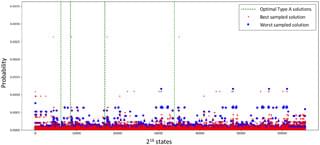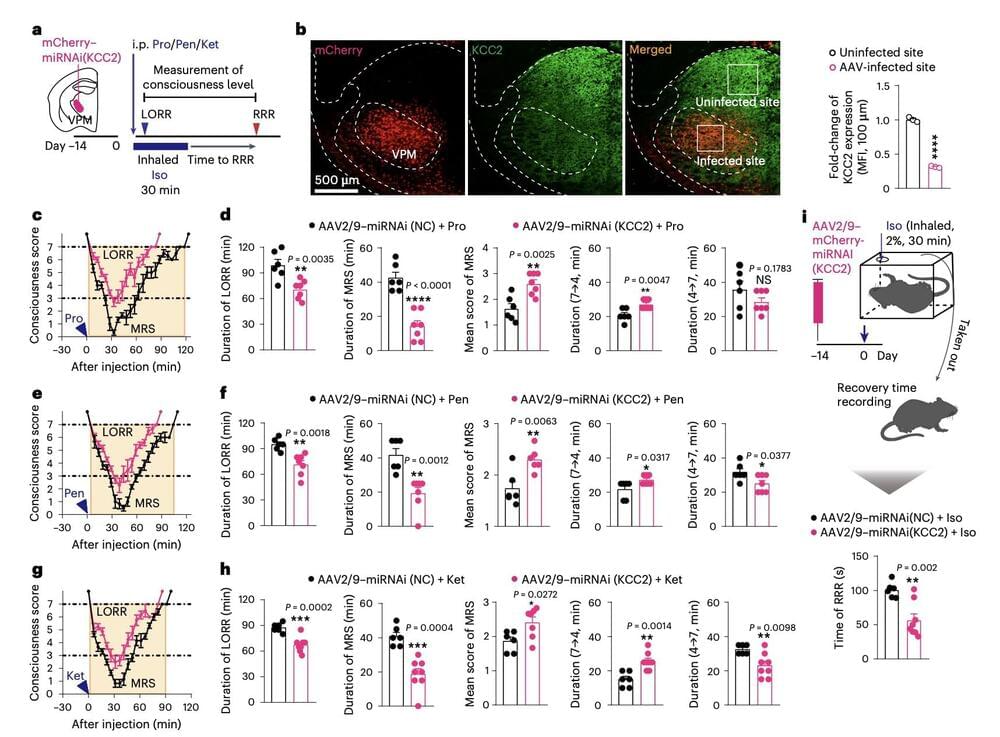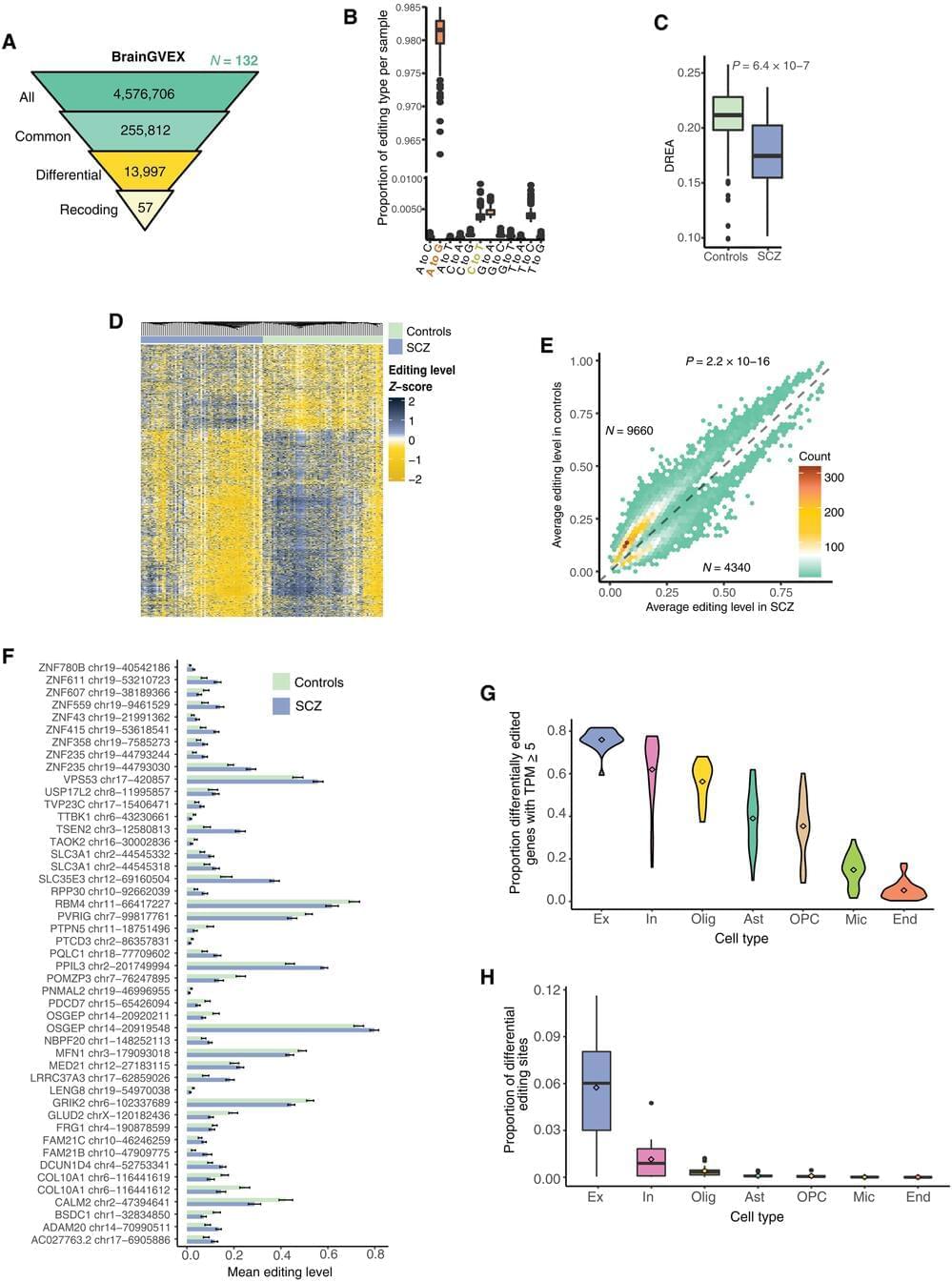Apr 14, 2023
NF-κB Decoy ODN-Loaded Poly(Lactic-co-glycolic Acid) Nanospheres Inhibit Alveolar Ridge Resorption
Posted by Shubham Ghosh Roy in category: biotech/medical
Residual ridge resorption combined with dimensional loss resulting from tooth extraction has a prolonged correlation with early excessive inflammation. Nuclear factor-kappa B (NF-κB) decoy oligodeoxynucleotides (ODNs) are double-stranded DNA sequences capable of downregulating the expression of downstream genes of the NF-κB pathway, which is recognized for regulating prototypical proinflammatory signals, physiological bone metabolism, pathologic bone destruction, and bone regeneration. The aim of this study was to investigate the therapeutic effect of NF-κB decoy ODNs on the extraction sockets of Wistar/ST rats when delivered by poly(lactic-co-glycolic acid) (PLGA) nanospheres.
